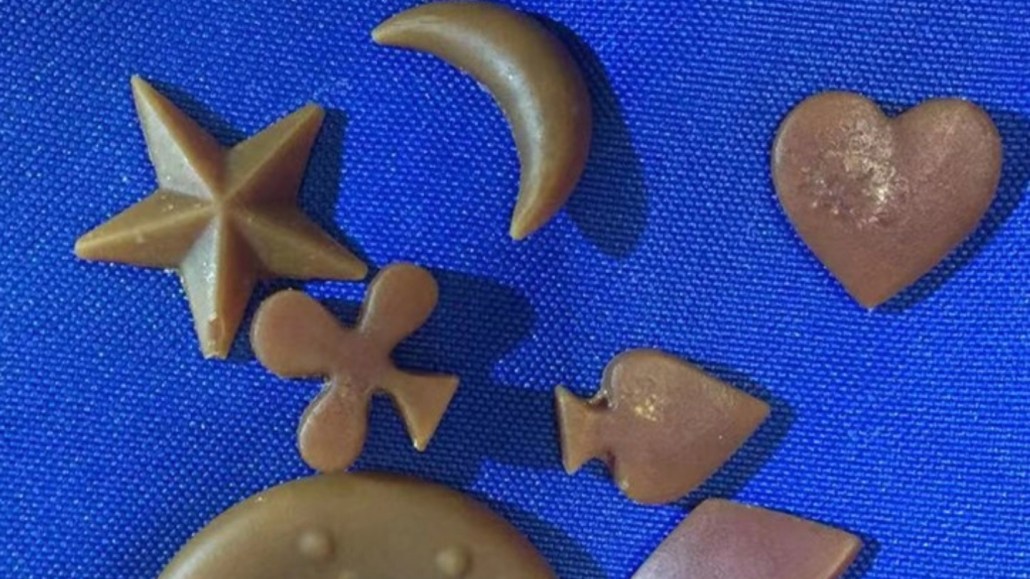
Researchers developed a process to turn plastic waste into surfactants, the key ingredients in dozens of products, including soap.
Zhen Xu

Researchers developed a process to turn plastic waste into surfactants, the key ingredients in dozens of products, including soap.
Zhen Xu